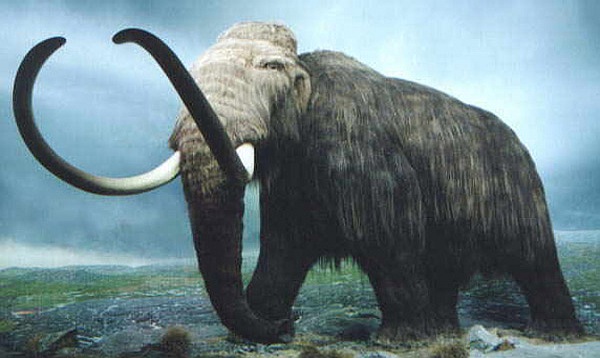Queretaro, Mexico - The well-preserved skeletal remains of a mammoth that lived between 10,000 and 15,000 years ago have been discovered in the central Mexican state of Queretaro, according to the National Anthropology and History Institute, or INAH.
INAH said in a communique that the remains, notable among which are two large tusks plus a skull fragment and two other as yet unidentified pieces, were found in the municipality of Huimilpan in an area eroded by flood waters that uncovered the bones.
The document said that following a report from municipal authorities, INAH specialists went to the site to verify the discovery, evaluate the fossilsí state of preservation and proceed with their recovery.
The fossils will later be taken to the INAH Center-Queretaro, where their accumulated dampness must be dried out, after which a special treatment will be applied to harden them to their original density. Once stabilized, their restoration can begin.
Experts in charge of the excavation and recovery tasks said the remains are in a good state of preservation, and added that the tusks measure almost 6 feet long.
As for the antiquity of the skeletal remains, physical anthropologist Israel Lara Barajas said that this type of fauna inhabited the area between 10,000 and 15,000 years ago, something corroborated by discoveries in the area over the last 20 years of other fossils from the Pleistocene era.
Lara Barajas stressed how important it is that people report such finds to INAH so that the fossils can be recovered "in situ" and because it contributes to the protection and preservation of the nationís archaeological and paleontological heritage.
"It is very important to establish contact with the communities, forge an alliance with the people and the authorities, and respond as quickly as possible to reported discoveries of archaeological remains, because in that way we become guardians of our cultural heritage," the specialist said.


